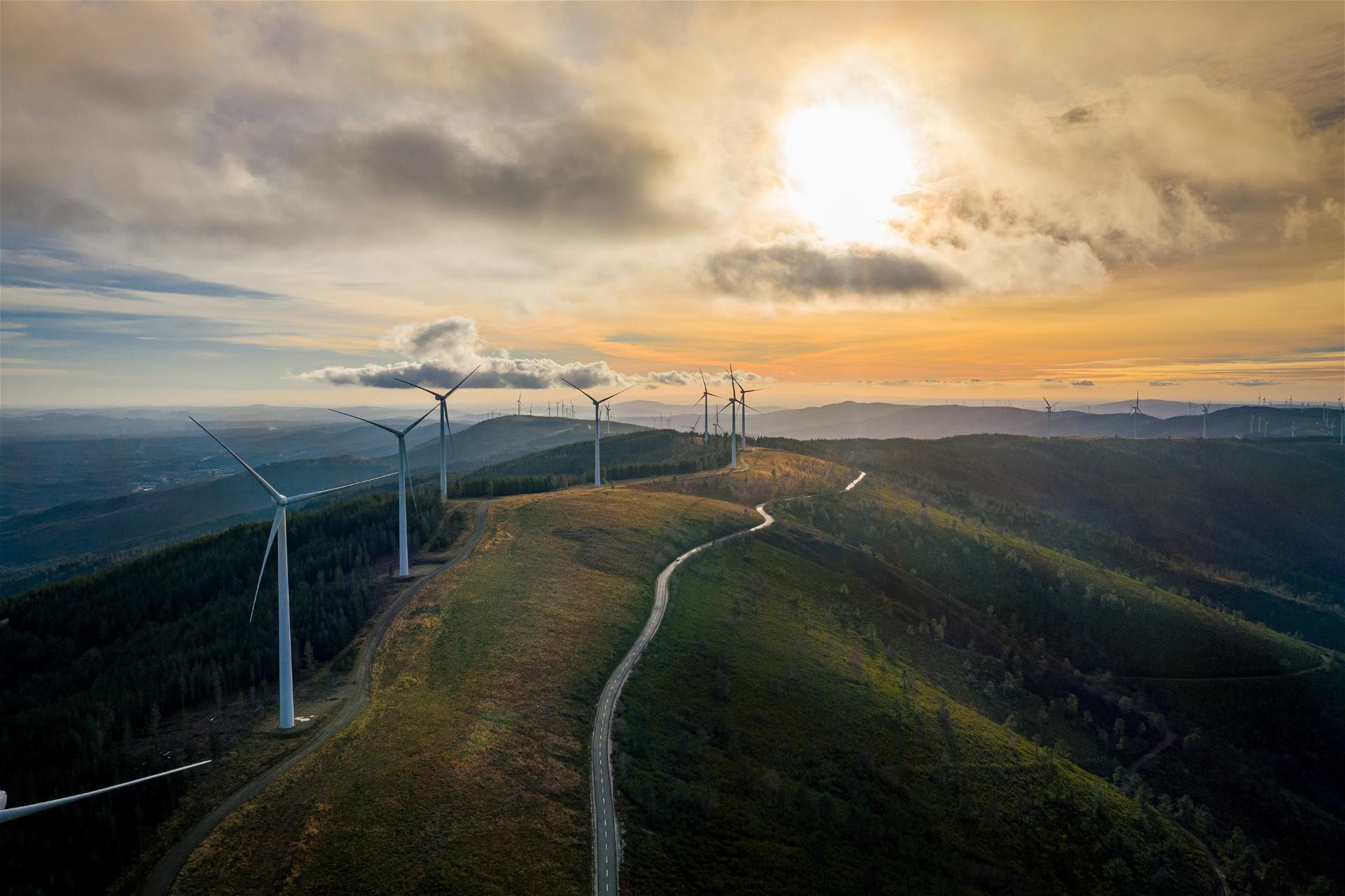· 6 min read
The legacy of 2023
Thinking strategically, either through the aid of deterministic or probabilistic models, is, above all, planning to answer the tough questions.
We no longer have time to use shortcuts, loopholes or miscommunication: 2023 is a turning point. To reduce the negative impacts of climate change, it is paramount to bluntly cut emissions by half before 2030 to reach net zero by 2050 ultimately. This is the year that pushes everyone to pass a major milestone: decarbonise energy, either through fading our dependence on fossil fuels (still 80% of global energy production) or building clean energy solutions, leaving the ground to net-zero energy choices.
Renewables are key, but so are minerals
So, as we accelerate the so-much-needed low-carbon economy, investing in alternative sources of energy that are clean, accessible, affordable, sustainable, and reliable, we identify these renewable energies as a highly promising alternative to conventional fossil fuels and nuclear. Yet, it remains essential to recognise the big picture.
Here’s the first tough question: are renewables perfect energy sources? Sadly, no. They’re not. Not today.
Even if one of the pitfalls of renewable energy production is identified as not being neither programmable nor stackable, or storable, yet most importantly, it is the energy density — much lower than traditional sources where the highest of such density is represented by nuclear — and the critical or conflict minerals, also known as rare-earth elements, scarcity and scattering that dramatically puzzle our minds about the energy transitions dilemmas.
Critical and conflictive minerals are unsustainably integral to our economy and the energy transitions we are shaping, as they are used every day in the front-running tech solutions of our homes, phones, laptops, and lightning, all the way to the largest green energy infrastructures or pillars from photovoltaic to wind turbines to electric vehicles.
To satisfy these renewable-based energy transitions, by 2040, we will need four times as many critical minerals while we already face enormous capacity shortages to meet current demand. This opens up two much broader yet essential aspects: regenerated or recycled and artificial materials as rheological proxies for critical minerals in new and innovative ways. Why not venture into these amazingly promising untapped sectors to clean the energy value chain from its upstream?
Green energy — in its renewable meaning — is part of the solution, not the only solution to energy de-carbonisation.
Relying on numbers
It may sound provocative, yet I think the numbers and calculations become essential. If we want to establish the greenest parameters and key performance indicators to assess which energy source is the most sustainable, we must thoroughly perform a life cycle assessment of each. How? Thoroughly addressing the challenges and accountability for any specific energy source’s entire value and supply chain to make responsible and informed decisions to guarantee ourselves a sustainable energy future.
When it comes to green energy versus fossil fuels, in particular, when performing calculations on the impact of renewable and conventional energy on the environment, there are essential factors that we need to consider, like how much energy is in a specific source and whether we can easily get the materials we need to make it. We must also compare how much negative environmental impact comes from oil and natural gas compared to renewable energy sources.
A complete life cycle assessment of both energies must be made for a correct quantitative evaluation.
Having a thorough understanding is of the greatest importance because, while emissions may be higher in oil-gas production, the renewables value chains may display unsustainable raw materials, disposal segments and energy density. To properly decarbonise and choose, we must calculate first, so to compare and replace, rethink and assess, finding alternatives to the whole energy transitions strategy, which means deserving to appropriately reinvent, calculate, produce, distribute, store, sell, legislate and use energy!
Let’s prioritise a quantitative comparison through complete energy life cycle assessments to integrate and embrace the essential responsibility for the betterment of our planet that comes with it.
This article is also published on the author's blog. illuminem Voices is a democratic space presenting the thoughts and opinions of leading Sustainability & Energy writers, their opinions do not necessarily represent those of illuminem.






